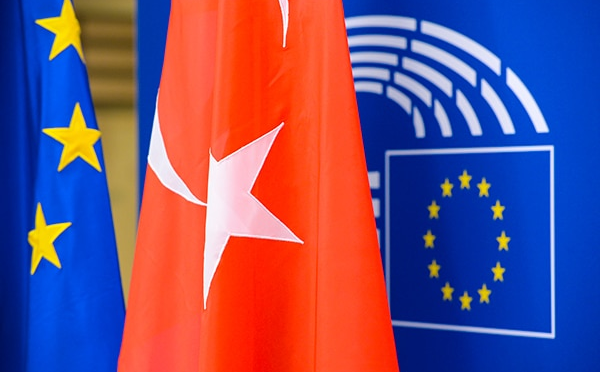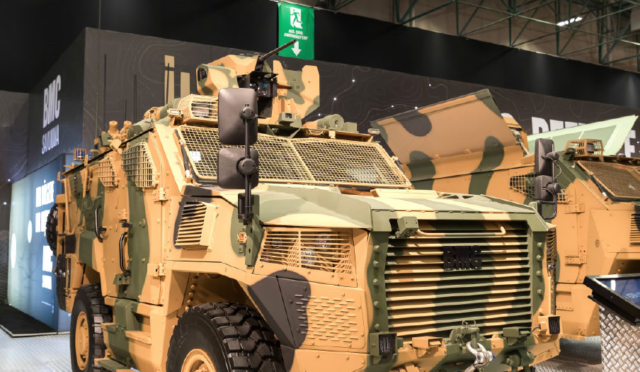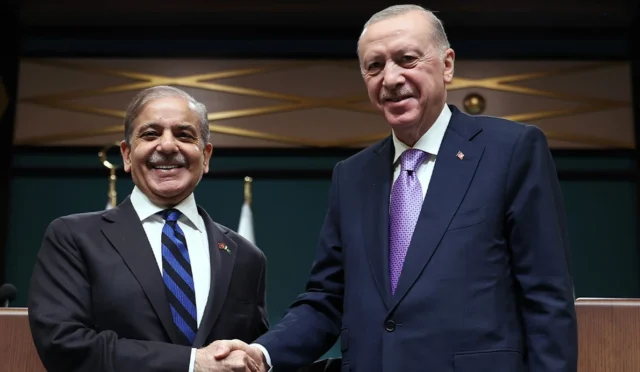Increased Production of 2S43 Malva Howitzers
**Russia has announced a significant boost in the production of its 2S43 Malva wheeled self-propelled howitzers amid ongoing military conflicts.** As of early 2025, the Russian defense industry confirmed plans to ramp up output, which has sparked widespread attention. In February, keen observers noted a train convoy transporting at least eight of these advanced artillery systems, with images first shared on the Telegram channel BTVT.INFO. A report by Bulgarian Military further emphasized that developments in wheeled self-propelled artillery signify a strategic shift within Russia’s military production framework.
This surge in production is indicative of Russia’s adaptive response to the ongoing conflict in Ukraine. For NATO and the United States, the implications are profound, raising critical questions about the efficacy of Western sanctions and the shifting dynamics of warfare in Europe. While the primary focus for these howitzers appears to be the Ukrainian battlefield, the potential broad ramifications could warrant a reevaluation of defense strategies across Europe as Russia seeks to solidify its military capabilities.
The 2S43 Malva: High Mobility and Rapid Deployment
The 2S43 Malva howitzer distinguishes itself with exceptional mobility and quick deployment attributes. Unlike traditional tracked artillery systems, this 152 mm wheeled howitzer offers a lighter and more versatile option. Developed in 2010 by the Burevestnik Central Research Institute and constructed on an 8×8 BAZ-6010-027 chassis, the Malva is notably more portable than its heavier 42-ton cousin, the 2S19 Msta-S. It boasts a 2A64 gun that can effectively launch high-explosive shells over 24.7 kilometers and rocket-assisted projectiles reaching up to 29 kilometers.
According to Rostec, the Malva has an impressive firing rate of seven rounds per minute and can carry 30 shells in total. This enhances operational flexibility, enabling rapid repositioning after firing to evade counter-battery attacks, thus providing a critical advantage in modern warfare scenarios. As a result of these features, the Malva is poised to play a vital role in reshaping artillery tactics on the battlefield.
Integration into Russian Military Operations
Deliveries of the 2S43 Malva to the Russian army commenced in May 2023, with its first operational appearance noted during combat training in the Belgorod region in 2024. As the conflict in Ukraine continues, this artillery system has begun to take a crucial role in Russia’s contemporary artillery strategies. The ability to maintain and expand production of these systems could be indicative of Russia’s intentions to extend its military influence into Eastern European nations such as Poland, Lithuania, and Estonia, which are therefore on heightened alert.
Meanwhile, on February 13, 2025, the deployment of the advanced 2S44 Giatsint-K wheeled artillery system was confirmed for Russian forces in Ukraine. This variant, based on the same chassis as the Malva, integrates the more powerful 152 mm/50 2A36 Giatsint-B gun, addressing some of the limitations of its predecessor. Such advancements underscore Russia’s ongoing efforts to enhance its artillery capabilities amid the evolving military landscape.
Evaluating Sustainable Military Production
While the 2S44 represents a significant upgrade, questions arise regarding its production sustainability. Following the discontinuation of manufacturing for specific artillery components in the early 1990s, existing stocks have become the primary source for the current production. There are concerns surrounding the long-term viability of such an approach as these military systems face operational demands on the battlefield.
Experts suggest that, to remain competitive, Russia might need to transition towards a 155 mm artillery system. Monitoring trends from nations like China and North Korea could play a pivotal role in shaping future developments. Although the 2S44 signifies a step forward in Russia’s artillery modernization, the durability of its operational effectiveness remains to be seen as warfare dynamics continue to evolve.
Conclusion: Impact on Warfare and European Security
In conclusion, the ramped-up production of the 2S43 Malva and its variants signals a potential shift in the balance of military power in Europe. The implications of these developments extend well beyond the Ukrainian front, impacting NATO’s strategic calculations and defense preparedness. As Russia builds on its artillery capabilities, NATO and its allies must reassess their positions in response to these emerging threats.
In related news, Russia’s recent military operations have been marked by other advancements, including the introduction of new drone technologies. However, the increasing presence of the 2S43 and its subsequent variants within the Russian military highlights a critical phase in the ongoing regional conflict and raises significant concerns for future security challenges across Europe.







